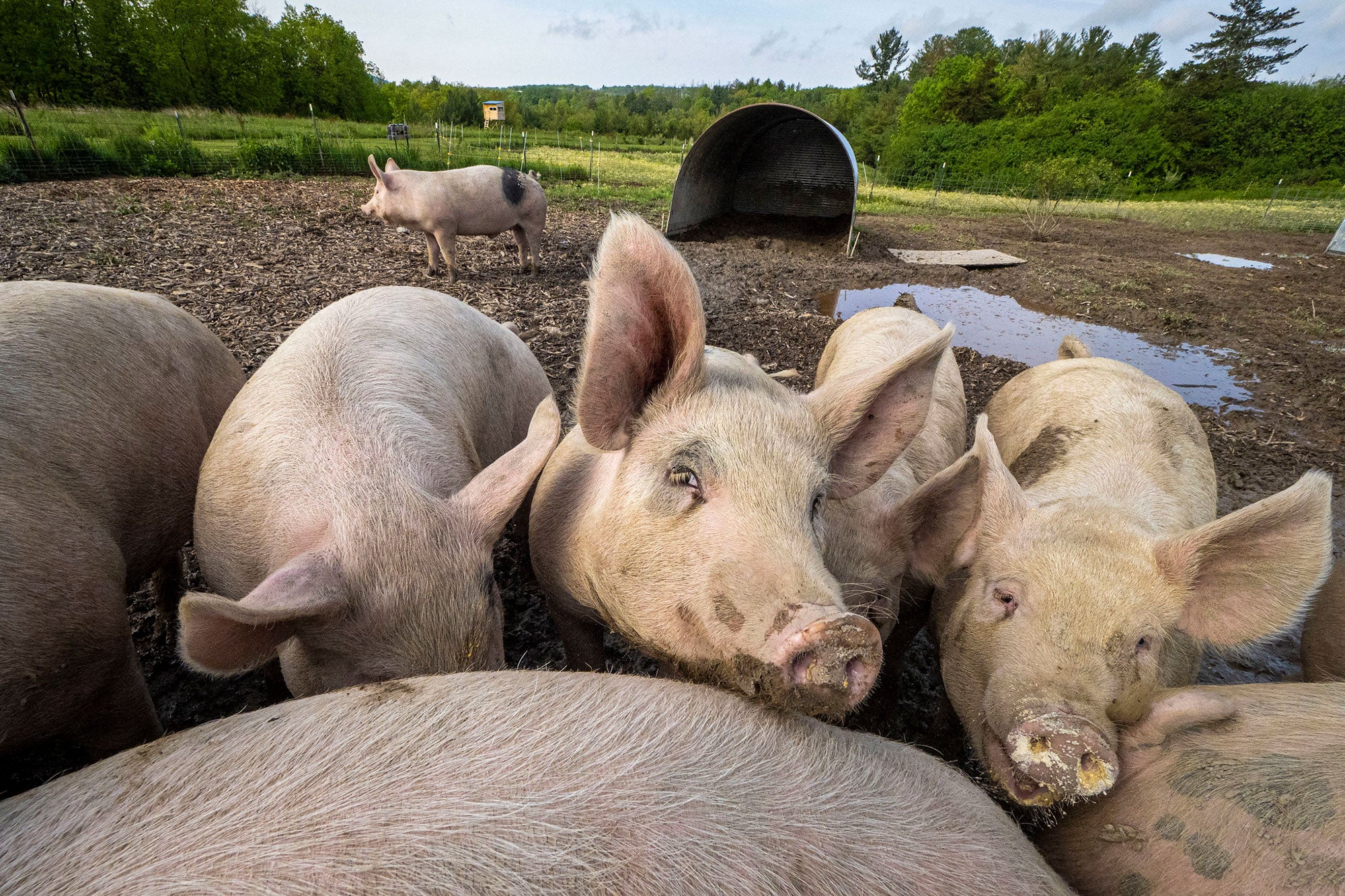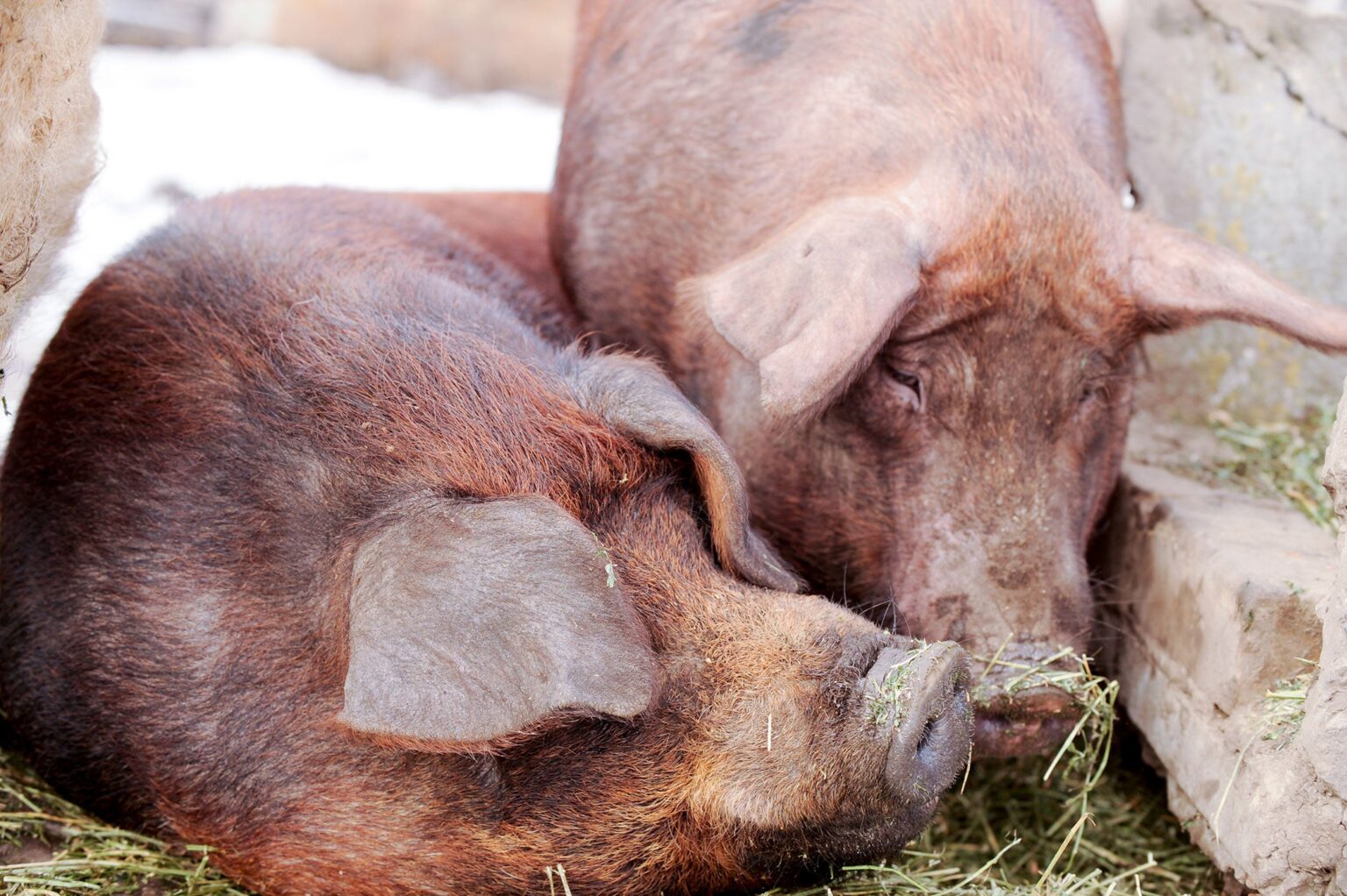The U.S. Department of Agriculture has confirmed the first U.S. case of H5N1 avian influenza in a pig on a small, backyard farm in Oregon.
The discovery is a significant development in the ongoing management of this virus. The infection on this farm, which houses a mix of poultry, pigs, and other livestock, raises concerns due to pigs’ unique ability to serve as “mixing vessels” for different influenza strains.
When pigs are infected with both human and bird flu viruses, there is a potential risk that the viruses could exchange genetic material, possibly creating a more transmissible or virulent strain that could spread among humans. Although experts have assessed the mutation risk as low for now, any increased transmission of the virus in pigs could raise the threat of a new hybrid virus.
Following this detection, USDA officials quarantined the farm to prevent further spread and have culled the infected pigs and poultry to conduct additional diagnostic testing. Although the farm was not intended for commercial food production, the confirmation of the virus in swine has nonetheless affected the market, causing a slight drop in lean hog futures on the Chicago Mercantile Exchange.
The USDA has confirmed that the infection likely originated from wild birds rather than commercial poultry, underscoring the role of migratory birds in spreading H5N1 to livestock populations, including poultry flocks and cattle herds across the country. The USDA broadened its bird flu surveillance as a result, incorporating nationwide bulk milk testing to monitor the virus’s potential spread into dairy cattle.
The Oregon case has prompted a strong biosecurity response. The USDA, in coordination with Oregon state and local health officials, is closely monitoring other animals on the property, including sheep and goats, which remain under quarantine.

The close proximity and shared resources among these animals, including water, housing, and equipment, have been cited as possible pathways for cross-species transmission, a concern that has led to heightened surveillance measures across farms. The USDA recommends that farms with multiple species avoid shared resources to prevent the virus from spreading between animal groups.
To better understand the strain involved in this outbreak, USDA’s National Veterinary Services Laboratories (NVSL) is conducting genomic sequencing of the virus from the infected poultry and swine. Initial analyses have not indicated any mutations that would make the virus more transmissible to humans, suggesting that the immediate risk to the general public remains low. The USDA and CDC are coordinating on these efforts, with genetic sequencing expected to continue to inform future risk assessments.
As a measure to protect farm animals and workers, the USDA is urging livestock producers to strengthen their biosecurity protocols. Detailed guidelines, particularly for farms with multiple species, are available through the USDA’s Animal and Plant Health Inspection Service and local USDA offices.
Financial assistance is also accessible for farm workers who may require personal protective equipment or other biosecurity resources. The USDA continues to invest in research to develop vaccines targeting H5N1, with two vaccine trials currently underway for dairy cows.


